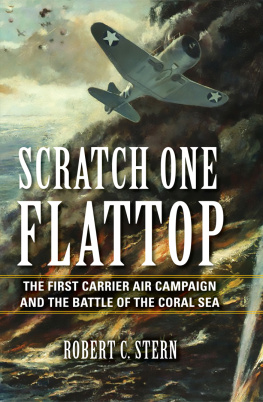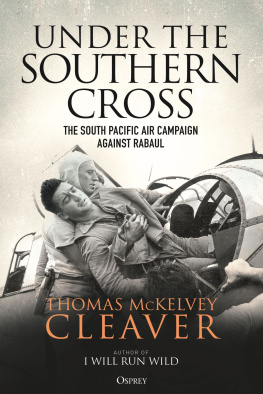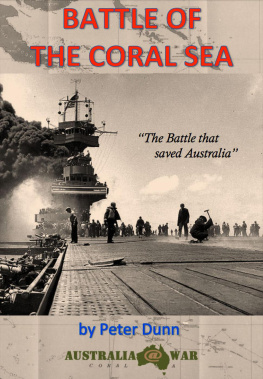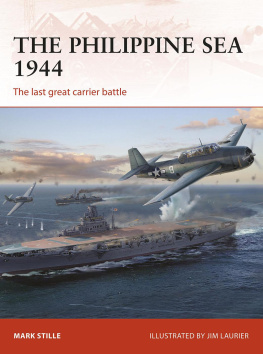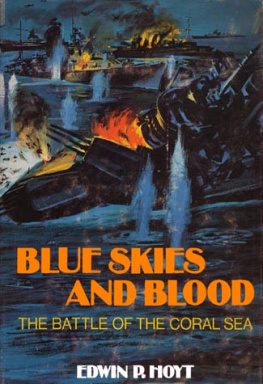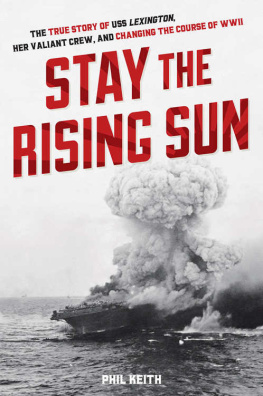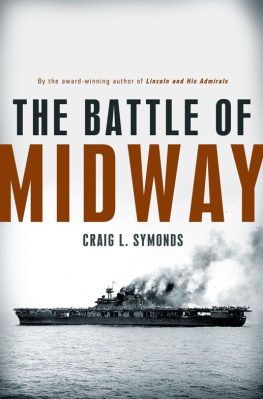Robert C. Stern - Scratch One Flattop: The First Carrier Air Campaign and the Battle of the Coral Sea
Here you can read online Robert C. Stern - Scratch One Flattop: The First Carrier Air Campaign and the Battle of the Coral Sea full text of the book (entire story) in english for free. Download pdf and epub, get meaning, cover and reviews about this ebook. year: 2019, publisher: Indiana University Press, genre: History. Description of the work, (preface) as well as reviews are available. Best literature library LitArk.com created for fans of good reading and offers a wide selection of genres:
Romance novel
Science fiction
Adventure
Detective
Science
History
Home and family
Prose
Art
Politics
Computer
Non-fiction
Religion
Business
Children
Humor
Choose a favorite category and find really read worthwhile books. Enjoy immersion in the world of imagination, feel the emotions of the characters or learn something new for yourself, make an fascinating discovery.
- Book:Scratch One Flattop: The First Carrier Air Campaign and the Battle of the Coral Sea
- Author:
- Publisher:Indiana University Press
- Genre:
- Year:2019
- Rating:5 / 5
- Favourites:Add to favourites
- Your mark:
Scratch One Flattop: The First Carrier Air Campaign and the Battle of the Coral Sea: summary, description and annotation
We offer to read an annotation, description, summary or preface (depends on what the author of the book "Scratch One Flattop: The First Carrier Air Campaign and the Battle of the Coral Sea" wrote himself). If you haven't found the necessary information about the book — write in the comments, we will try to find it.
By the beginning of May 1942, five months after the Pearl Harbor attack, the US Navy was ready to challenge the Japanese moves in the South Pacific. When the Japanese sent troops to New Guinea and the Solomon Islands, the Americans sent the carriers Lexington and Yorktown to counter the move, setting the stage for the Battle of the Coral Sea.
In Scratch One Flattop: The First Carrier Air Campaign and the Battle of the Coral Sea, historian Robert C. Stern analyzes the Battle of the Coral Sea, the first major fleet engagement where the warships were never in sight of each other. Unlike the Battle of Midway, the Battle of the Coral Sea has received remarkably little study. Stern covers not only the action of the ships and their air groups but also describes the impact of this pivotal engagement. His analysis looks at the short-term impact as well as the long-term implications, including the installation of inert gas fuel-system purging on all American aircraft carriers and the push to integrate sensor systems with fighter direction to better protect against enemy aircraft.
The essential text on the first carrier air campaign, Scratch One Flattop is a landmark study on an overlooked battle in the first months of the United States engagement in World War II.
Robert C. Stern: author's other books
Who wrote Scratch One Flattop: The First Carrier Air Campaign and the Battle of the Coral Sea? Find out the surname, the name of the author of the book and a list of all author's works by series.

